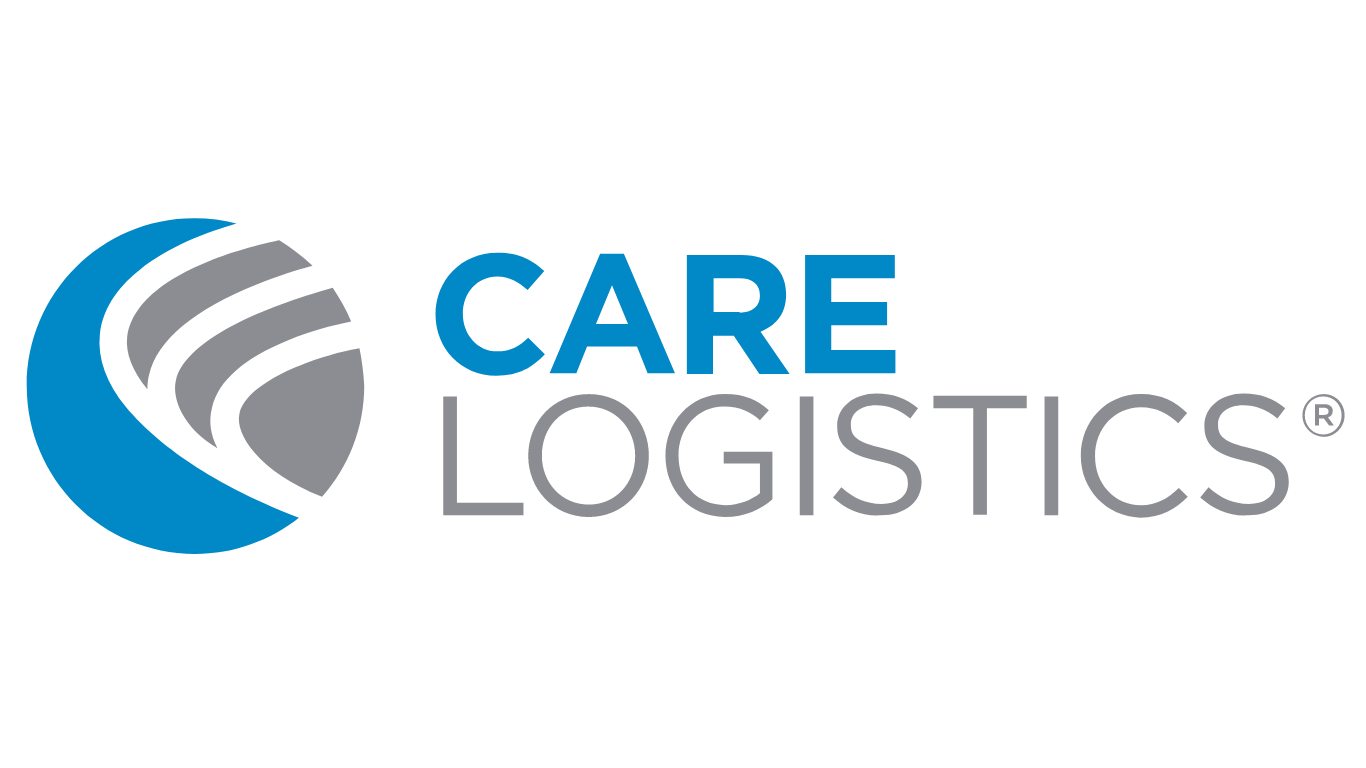Considering a Command Center for Your Hospital?
3 Reasons The Hub-and-Spoke Hospital Operating System Achieves the Most Positive Outcomes for Patients and Staff
By Stephen Passalacqua
When it comes to improving patient outcomes, boosting hospital financials, maximizing organizational efficiency, and improving allocation of resources, there are few technologies that can compete with the deployment of a healthcare command center. Technologies such as bed management systems, EHRs, or staff scheduling systems are limited in their ability to provide real-time, actionable data with predictive capabilities. But how do you ensure you get the most out of your command center? Choosing the right foundation and model is key to the ultimate success of implementing an operational command center.
Not every model yields the best results. A completely centralized command center that makes all the decisions can even have negative effects in some situations. For example, central planners in the former USSR measured productivity in tons across many industries, including lighting. In order to maximize their ”productivity”, one chandelier factory simply increased the weight of the chandeliers that they manufactured. As output plummeted and the chandeliers grew increasingly heavy, ceilings came crashing down across the USSR. This isn’t the command center model anyone wants in their hospital!
When it comes to healthcare, command centers benefit greatly from a hub-and-spoke model. The “spokes” in this system refer to the Emergency Department, nursing units, and diagnostic and procedural areas… all the places where clinical teams directly interact with the patients, their families, and each other. These spokes play a pivotal role in the decision-making process.
In the Hub-And-Spoke Hospital Operating System created by Care Logistics, the command center, or ‘hub’, works with empowered local care teams, or ‘spokes’, to ensure they both have the right information available to make the most informed decisions at the right time and location whether that is in the central hub or out on the floors. The combination of technology and process used in the Care Logistics hub-and-spoke model results in industry-leading outcomes.
Here are 3 reasons why this Hub-and-Spoke model achieves the most positive outcomes for patients and staff.
Information is Power
All teams are aligned towards a common care plan and length of stay goal for each patient. The decentralization and transparency of information empowers care teams to make informed decisions in real time to meet that goal. Your nursing units are not just carrying out orders from a centralized center that may or may not understand the situation on the floor. Your physicians know where each patient is and when they’ll be discharged or taken for diagnostics. Your patients and their families are empowered with real information on what they can expect that day and in the coming days. Ultimately, information is power and when that power is all focused on a common goal, that’s a good thing!
No More Silos
As hospitals undertake performance improvements, they often focus on one area at a time without taking the whole system into account. They see performance improvements in that one area but at the expense of others. Instead of everyone chipping away at issues in their own corners of the hospital, the hub-and-spoke model brings everyone together to identify barriers to progressing care and work towards a common goal. All departments communicate more effectively through the hub, which then uses that data to make decisions about the flow of patients and resources. Bidirectional information flow enables local decisions to be effectively communicated to the hub and then dispersed to other stakeholders so everyone is on the same page, all the time.
Improved Patient Progression and Throughput
A major goal of any healthcare organization is to achieve positive patient outcomes and high patient satisfaction. One way to do this is by improving patient progression, patient throughput, and patient flow so that each patient receives exactly the care they require in a timely fashion. Unfortunately, unmanaged simultaneous demand for limited organizational resources often prevents efficient patient progression and throughput. Limited bed and staff availability cause patients to wait in care settings inappropriate for their condition. Diagnostics get backed up and delay care decisions. Patient progression, satisfaction, and outcomes suffer.
Not only does a hub-and-spoke operating system alleviate issues that lead to these problems in the first place, but it also makes the rerouting and reallocation of resources more efficient and seamless to the patient (a huge win for patient experience!). This is accomplished through bidirectional information flow between the hub and the spokes. Predictive analytics and information on anticipated demand are front-and-center and generated in real-time. Quickly sharing this critical information makes the process smoother for patients and improves bed-capacity management.
Bidirectional information flow means that ‘spokes’ communicate more effectively with the ‘hub’ to help drive informed decision-making. Overall, organizational efficiency is maximized, and the organization can quickly adapt to changing patient loads and demands. Most importantly, staff and patients are empowered with actionable information to make better real-time decisions that result in improved outcomes for patients and staff alike.
Fun Fact
Did you know this same model was used during the first manned lunar landing? That’s right. Not only were decisions made by mission control, but Neil Armstrong actually took the spacecraft off of auto-pilot and made a white-knuckle, manual landing when he saw it was guiding them directly toward the mouth of a dangerous looking crater. If it were up to mission control alone, they would have had to abandon the mission.


